The Superfoods of Summer
These fruits and vegetables are in season now (which means off-the-charts deliciousness) and deliver maximum health benefits.
By Lynn Andriani
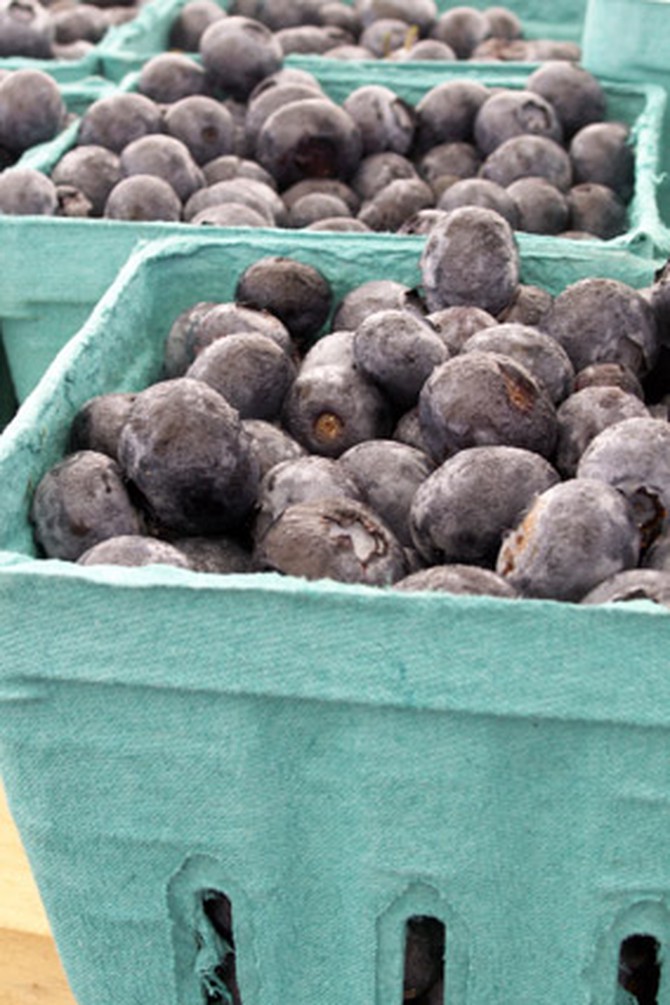
Photo: Thinkstock
Blueberries: The Indigo-Colored Antioxidant
When: May through October. In many areas, you can harvest them yourself; visit PickYourOwn.org to find a farm and see what's available when.
Why: These berries—one of the few foods that are naturally blue—have sky-high levels of antioxidants, which combat the damage done by inflammation. Anthocyanins, the natural plant compounds that give blueberries their deep color, may have antidiabetic effects as well.
How: Aside from go-tos like pancakes and smoothies, blueberries also add a sweet kick to grilled pork.
Why: These berries—one of the few foods that are naturally blue—have sky-high levels of antioxidants, which combat the damage done by inflammation. Anthocyanins, the natural plant compounds that give blueberries their deep color, may have antidiabetic effects as well.
How: Aside from go-tos like pancakes and smoothies, blueberries also add a sweet kick to grilled pork.
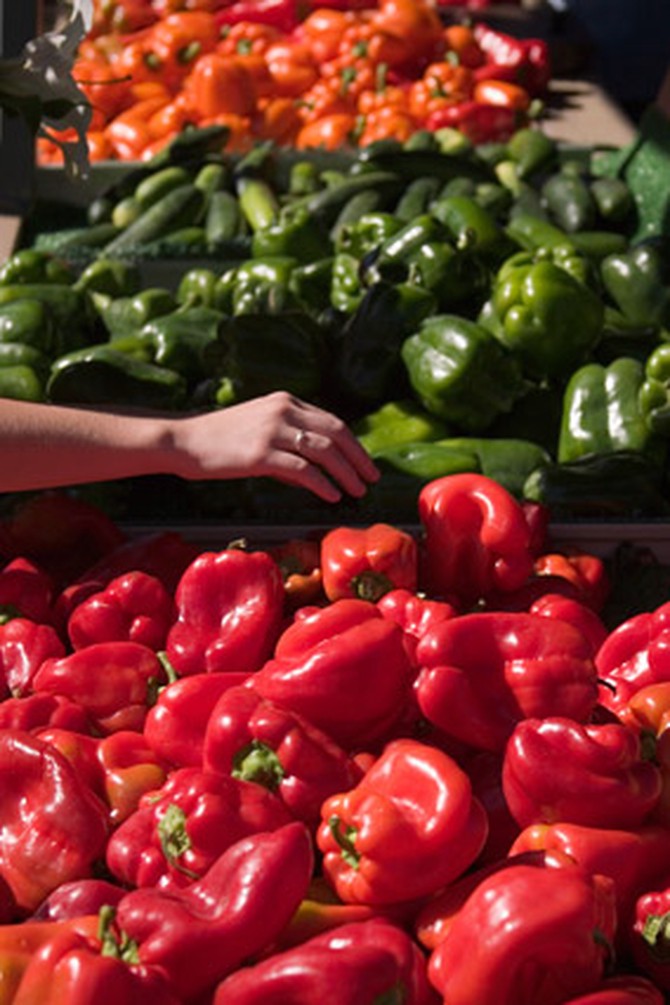
Photo: Thinkstock
Red Bell Peppers: A Sweet, Crunchy Punch of Vitamin C
When: May through September, although since red peppers are actually mature versions of green ones, you may not see them in markets until later in the season.
Why: While all peppers are very low in calories (about 25 per cup), reds—which taste sweeter and milder—are best for you. They contain 11 times more beta-carotene than green bell peppers, and while the green variety delivers 60 percent of the recommended daily value of vitamin C, red gives you 240 percent.
How: Dip them in hummus now; roast them in big batches for salads, grilled cheese sandwiches and snacking later (they'll keep for a few weeks in the fridge). Or try them in vegetarian sloppy joes or sautéed with ginger, garlic and chili for a vibrant side.
Why: While all peppers are very low in calories (about 25 per cup), reds—which taste sweeter and milder—are best for you. They contain 11 times more beta-carotene than green bell peppers, and while the green variety delivers 60 percent of the recommended daily value of vitamin C, red gives you 240 percent.
How: Dip them in hummus now; roast them in big batches for salads, grilled cheese sandwiches and snacking later (they'll keep for a few weeks in the fridge). Or try them in vegetarian sloppy joes or sautéed with ginger, garlic and chili for a vibrant side.
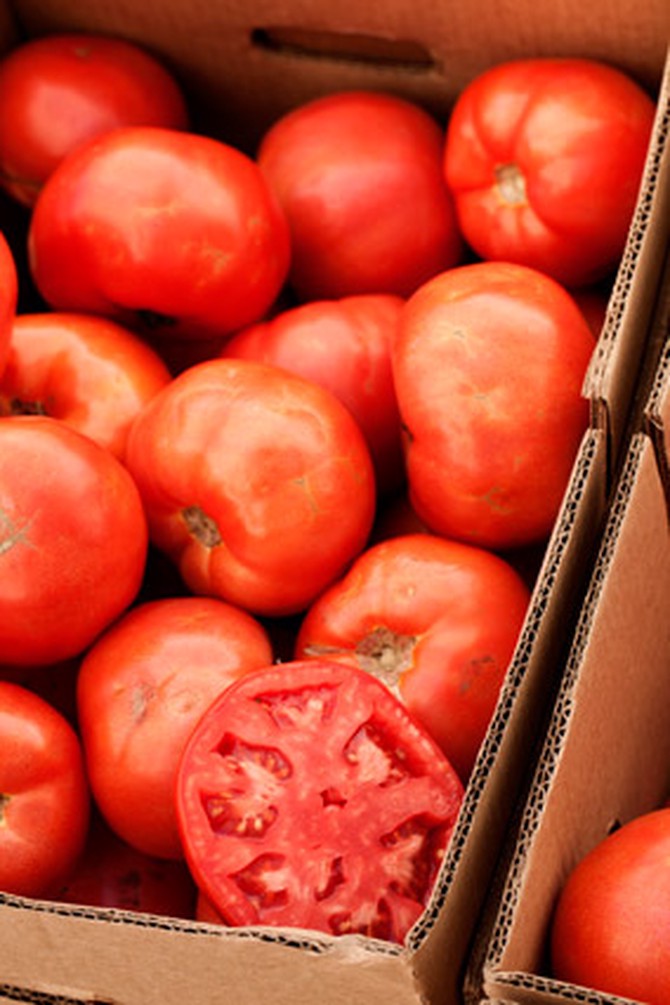
Photo: Thinkstock
Tomatoes: The Summer Heart, Skin and Brain Protector
When: Late June through September.
Why: Lycopene is highest in very red tomatoes; the antioxidant has a long list of benefits, from protecting skin against the sun's burning rays, to slowing arterial aging, to fighting heart disease, stroke, memory loss and impotence, say Drs. Roizen and Oz.
How: Dr. Roizen notes that it takes 165 raw tomatoes to equal the health perks of just 10 tablespoons of tomato sauce; this easy recipe works as well on pasta as it does as a hot or chilled soup. If you want to enjoy tomatoes raw, try combining them with watermelon in a gorgeous (and gluten-free) salad.
Why: Lycopene is highest in very red tomatoes; the antioxidant has a long list of benefits, from protecting skin against the sun's burning rays, to slowing arterial aging, to fighting heart disease, stroke, memory loss and impotence, say Drs. Roizen and Oz.
How: Dr. Roizen notes that it takes 165 raw tomatoes to equal the health perks of just 10 tablespoons of tomato sauce; this easy recipe works as well on pasta as it does as a hot or chilled soup. If you want to enjoy tomatoes raw, try combining them with watermelon in a gorgeous (and gluten-free) salad.
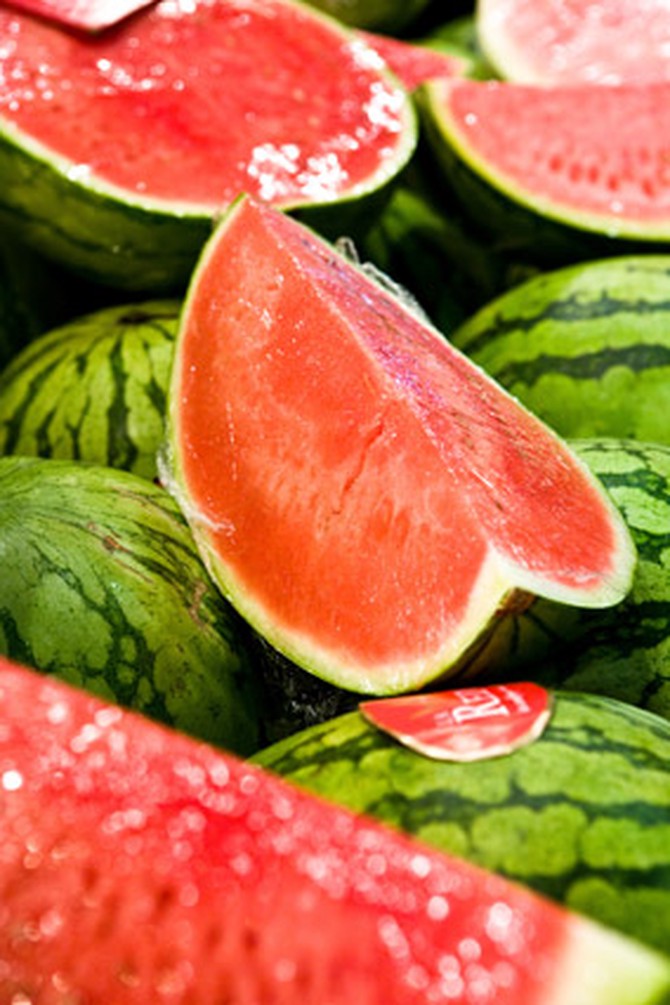
Photo: Thinkstock
Watermelon: A Pick-Me-Up with Added Benefits
When: Domestic watermelon is available from April until November, with peak production from May through August.
Why: Aside from its ability to refresh us, watermelon also delivers lycopene. And a recent study led by food scientists at Florida State University suggests it can be an effective weapon against prehypertension, a precursor to cardiovascular disease.
How: A smoothie made with watermelon, coconut water, lime juice and mint leaves is an ideal cooler on a hot day. Also try serving wedges of the fruit at cocktail hour with a light sprinkling of shaved Pecorino Romano and black pepper, or put it on skewers with shrimp and grill.
Why: Aside from its ability to refresh us, watermelon also delivers lycopene. And a recent study led by food scientists at Florida State University suggests it can be an effective weapon against prehypertension, a precursor to cardiovascular disease.
How: A smoothie made with watermelon, coconut water, lime juice and mint leaves is an ideal cooler on a hot day. Also try serving wedges of the fruit at cocktail hour with a light sprinkling of shaved Pecorino Romano and black pepper, or put it on skewers with shrimp and grill.
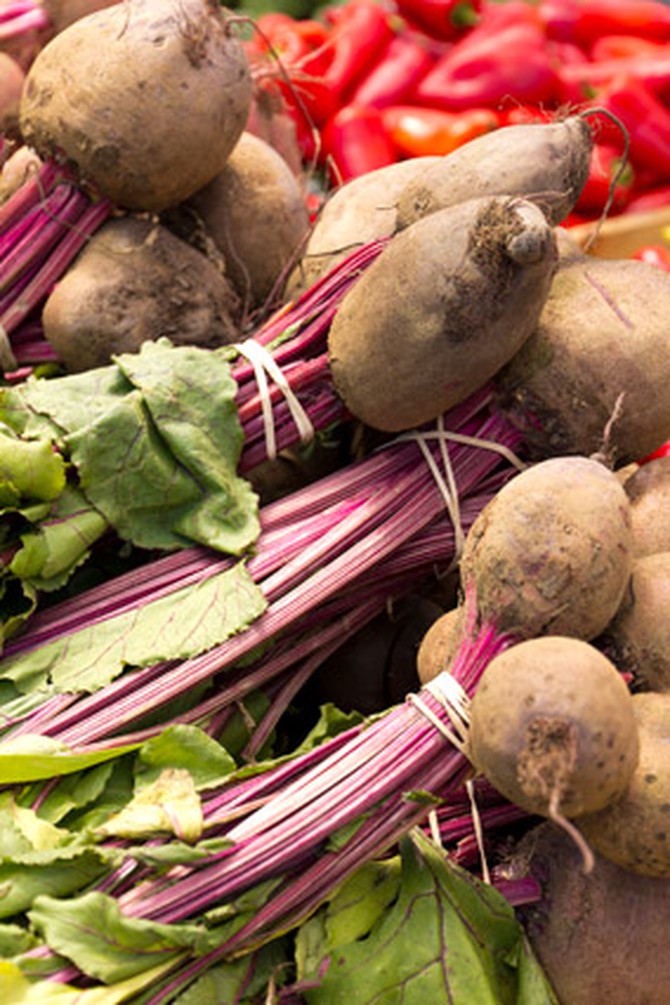
Photo: Thinkstock
Beets: Colorful Guards Against Cancer and High Blood Pressure
When: While these root vegetables are available all year, you'll find the youngest, most tender ones from June through October.
Why: They contain several disease-fighting phytonutrients, including the pigment betacyanin, which gives them their distinctive hue. Beets are also a good source of folate, which guards against birth defects, colon cancer and osteoporosis, and are high in fiber and beta-carotene. And a study in the journal Hypertension showed that beet juice reduced participants' blood pressure.
How: If you think you don't like beets, try pairing them with contrasting ingredients. That can be a salty, creamy cheese (e.g., goat or blue), toasted nuts (e.g., walnuts or almonds)—or both, as in this Roasted Beet Salad with Arugula, Pistachios and Goat Cheese. Another idea: this delicious dip for potato chips that also makes a nice accompaniment to steak.
Why: They contain several disease-fighting phytonutrients, including the pigment betacyanin, which gives them their distinctive hue. Beets are also a good source of folate, which guards against birth defects, colon cancer and osteoporosis, and are high in fiber and beta-carotene. And a study in the journal Hypertension showed that beet juice reduced participants' blood pressure.
How: If you think you don't like beets, try pairing them with contrasting ingredients. That can be a salty, creamy cheese (e.g., goat or blue), toasted nuts (e.g., walnuts or almonds)—or both, as in this Roasted Beet Salad with Arugula, Pistachios and Goat Cheese. Another idea: this delicious dip for potato chips that also makes a nice accompaniment to steak.
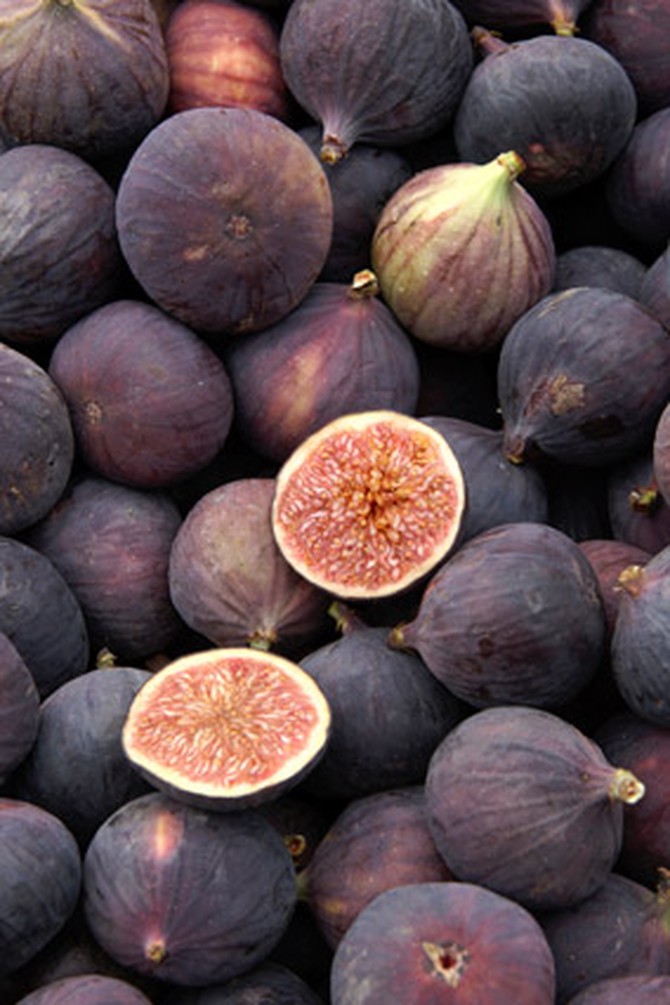
Photo: Thinkstock
Figs: Jammed with Fiber, Calcium...and Jam-Like Flavor
When: The first crop of these sweet, soft fruits appear in the spring (they develop on the previous year's shoots). The best figs, though, grow on the current year's shoots and are ready to eat in late summer.
Why: Used for millennia in ancient Mediterranean and Middle Eastern cultures, figs are an excellent source of dietary fiber (almost 2 grams each). They're also a good source of calcium and potassium.
How: Figs make a lovely addition to a cheese platter. You can also thread the fruits onto rosemary branches and grill them, or use them to make a sauce for salmon.
Next: 6 new superfoods you definitely haven't tried before
Why: Used for millennia in ancient Mediterranean and Middle Eastern cultures, figs are an excellent source of dietary fiber (almost 2 grams each). They're also a good source of calcium and potassium.
How: Figs make a lovely addition to a cheese platter. You can also thread the fruits onto rosemary branches and grill them, or use them to make a sauce for salmon.
Next: 6 new superfoods you definitely haven't tried before
Published 06/18/2012

